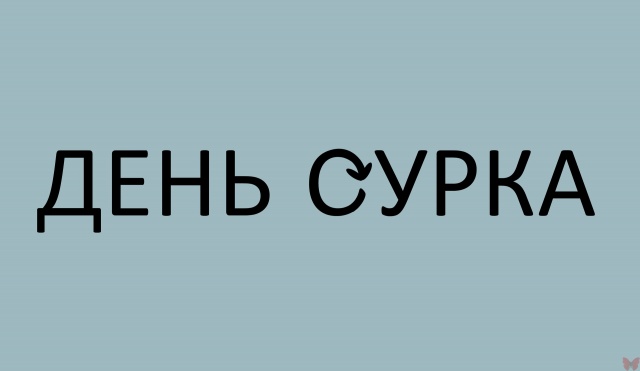Lee Lefever “The Art of Explaining”
Lee Lefever “The Art of Explaining”

The title of this book is one of those that may not accurately reveal its content. For me, “explanation” is the use of words, gestures and signs to convey something from one person to another. But also “explanation” is the design of an online store that shows the buyer how to buy the product he likes. Or “explanation” is an infographic that shows which muscles work in a cyclist when going uphill. Therefore, the author, in order not to disappoint anyone, in his book considers absolutely all the topics that I have listed and even more.
Lee Lefever – the author of the book “The Art of Explaining” and the founder of a company called Common Craft, which deals with “explaining” the complex and incomprehensible. They created their first video back in 2004 and called it “RSS in good English”. In those distant times, their video was received with a bang and the audience immediately demanded a continuation and an “explanation” for something else. Therefore, Lee and his wife began to explain various obscure things like Twitter, Wikipedia, the browser, and the like. These and other videos of Lee can be viewed on his channel.
What is this book about
I’m sure you guessed it. This book is about the art of explaining. And Lee considers all kinds of explanations: text, picture, video and audio. Each of these types of information transmission has its own specifics and subtleties. For each of them, a script is needed, according to which the explanation will be conducted. And, as the author himself claims, and everyone will probably agree with him, already at the stage of preparing the script, difficulties and ambiguities arise that must be able to overcome. It is about these difficulties and ambiguities that the author tells in his book, using both his many years of experience as a chief specialist in explanations at Common Craft, and other people’s examples of explanations that Lee considered it right to add to his book.
Who is this book for
Perhaps this book will suit, without exception, all people of all professions, because even not at work, but in everyday life, you may need to explain something: how to get to the library, where to find the book you need, how to bake a cake. Using this book, you will be able to provide information to the interlocutor in such a way that he will not have any additional questions. But, for the most part, people themselves know how to explain and very well, even if they have not read any specialized books about explanations. However, some of them do it, most likely, professionally in only one form: either by text or verbally, while others, perhaps, can draw a very clear map of the route, but explain in words “how to get to that very store?” they cannot. That is why this book was written and it will be able to develop all the skills of explanation for those who have developed them partially or not at all.
I would also like to talk separately about the benefits of this book for designers. Most likely you will not be interested in this book at all, and you will not learn anything new from it (as it was in my case). Lee Lefever is not a professional director, screenwriter or copywriter. I learned about his professional activity for the first time and it was from this book, by looking at the links those videos that he creates in Common Craft. And I think there are better and more meaningful books on the topics Lee covered that are really worth reading.
Book format
I got the feeling that the author of the book was inspired by the works of Dan Roehm and thought that a square book is very cool and modern. And I was not far from the truth! Lee is a big fan of Roehm and even devoted an entire chapter in his book to “Visualizing Information” – the main topic that both Dan Roehm’s books “Visualizing Information” and “Blah Blah Blah” are written about.
But, as is the case with Roehm’s books, my opinion is unchanged: square books are inconvenient to read on the road, overhang and holding with one hand. The best thing to do is to use a desk on which this book can be placed.
QR codes
The idea of using QR codes in a book is ingenious. I think so because, most likely, most people read books at home, where there is good Internet and WiFi, and even about the phone, which is always at hand, I generally keep quiet. Therefore, instead of long links, which not all authors consider it necessary to shorten at least 15-20 characters, we get a very functional square that takes up little space on the page and does not interfere with reading in any way.
However, there was one moment that was not entirely clear to me: next to almost every QR code there is a transcript of a part of the video to which the link is given. Quite often the transcript takes 3-4 pages of full voice-over text, which sounds in the video. The purpose of this is not entirely clear to me (perhaps to add more volume to the book?).
The first few chapters of the book can be read on the publisher’s website, and you can buy a paper version of the book “The Art of Explaining” on Ozon or in any other offline store (the cost is about 630 rubles).
…


